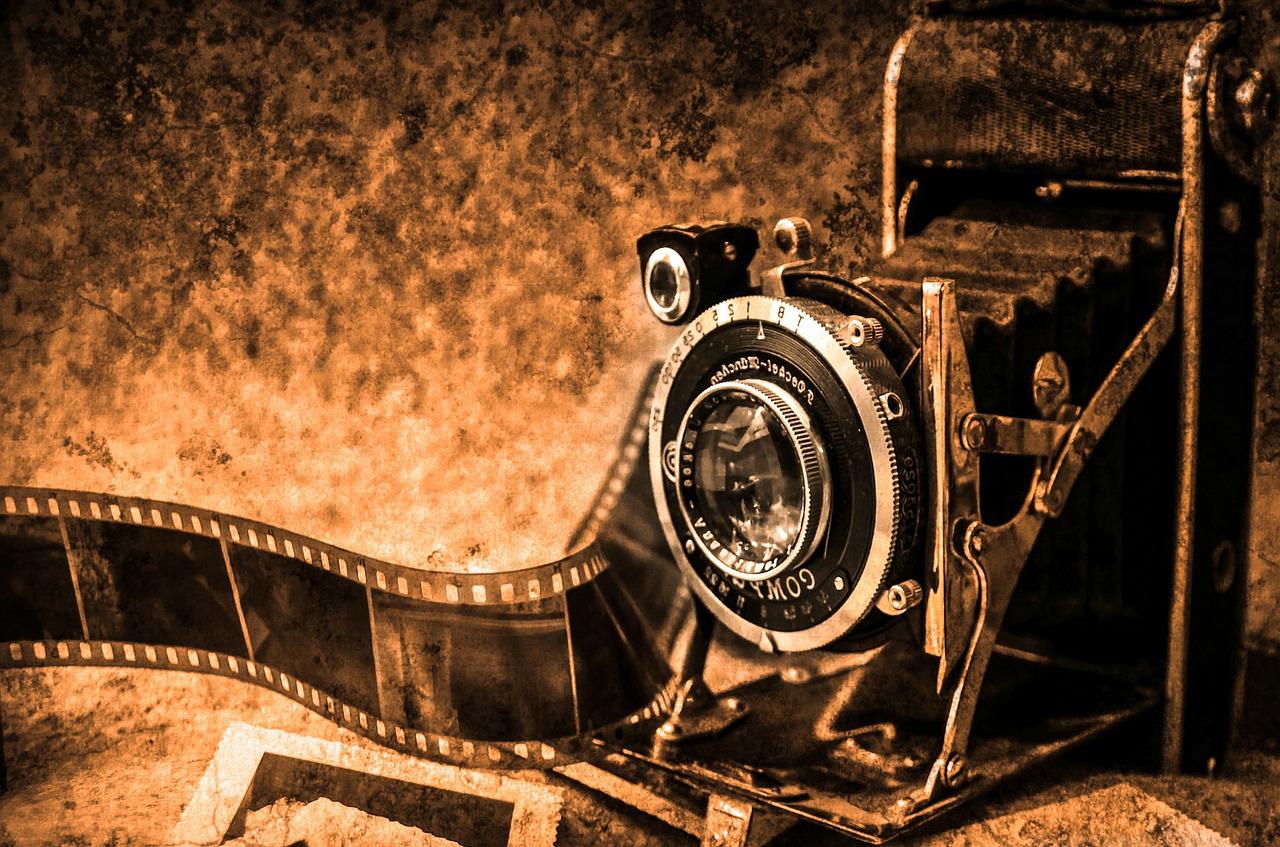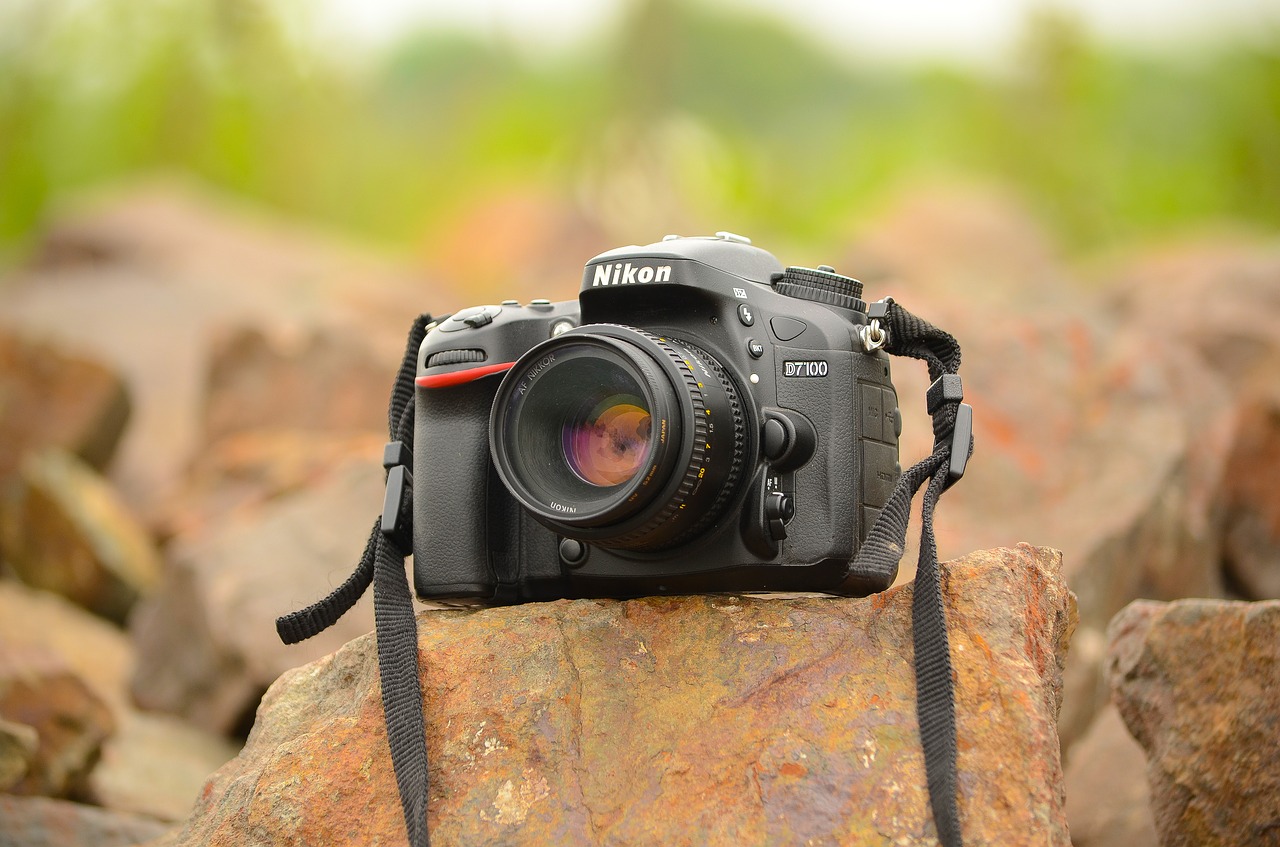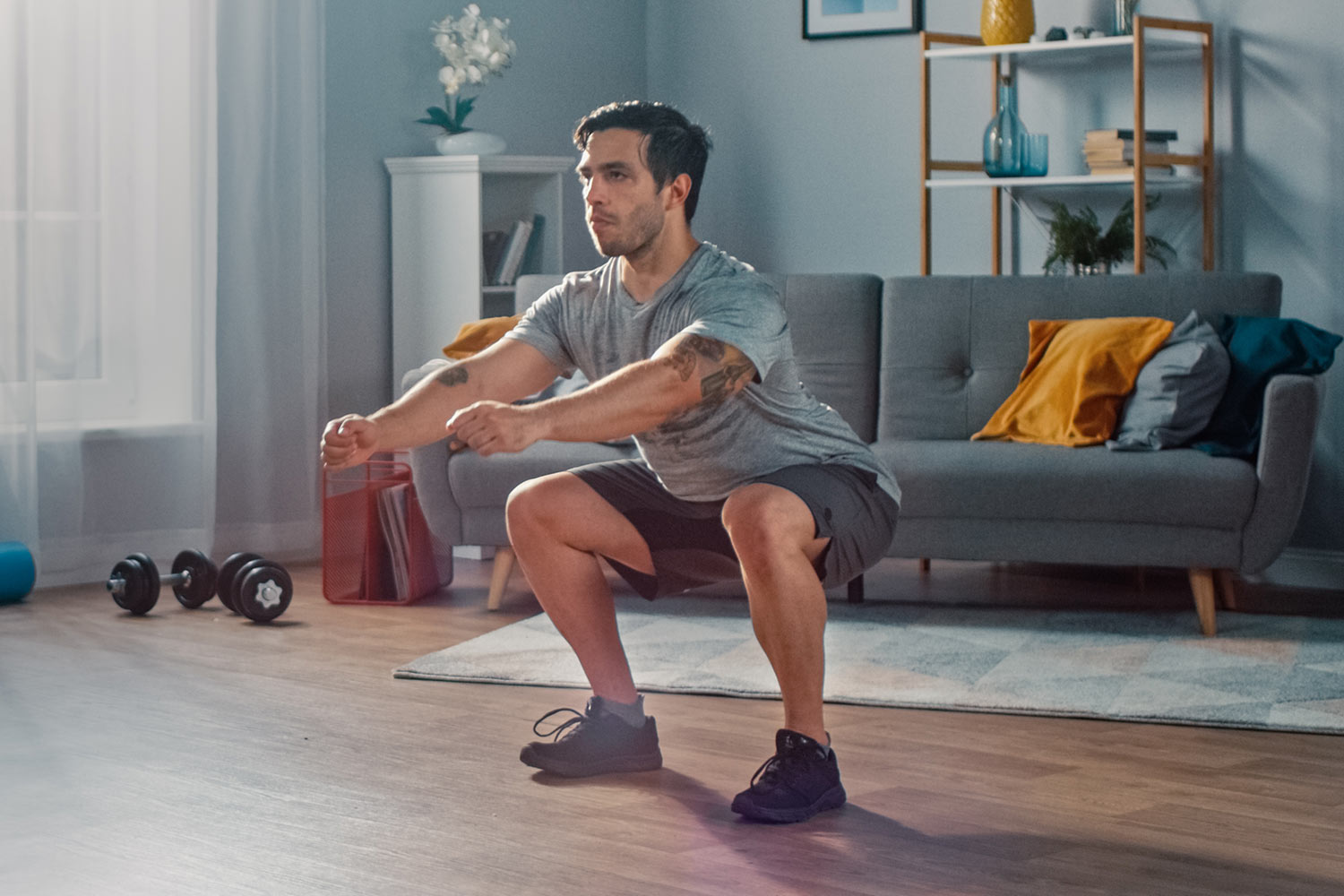CECAFA
How to save money on clothes: Top tips to help you get a stylish new wardrobe without the designer budget

The Alpha ZV-E10 is Sony’s newest addition to its lineup of mirrorless cameras. At $799.99 with Sony’s 16-50 lens ($699.99 for just the body), it is the company’s second attempt at making a vlogging-oriented camera and the successor to last year’s ZV-1. It adds a headphone jack, more battery life, a larger sensor, and most importantly, an interchangeable lens design.
You can think of it as a video-centric version of Sony’s more photography-oriented A6100. The A6100 and the ZV-E10 share the same 24mp APS-C sensor, but the lack of a viewfinder and the addition of a fully articulating screen makes the ZV-E10 better suited for filming yourself. And with the new flexibility of being able to swap lenses, this camera is a welcomed upgrade to the ZV-1 that allows novices to dip their toes in more advanced systems.
- The power switch has a great click.
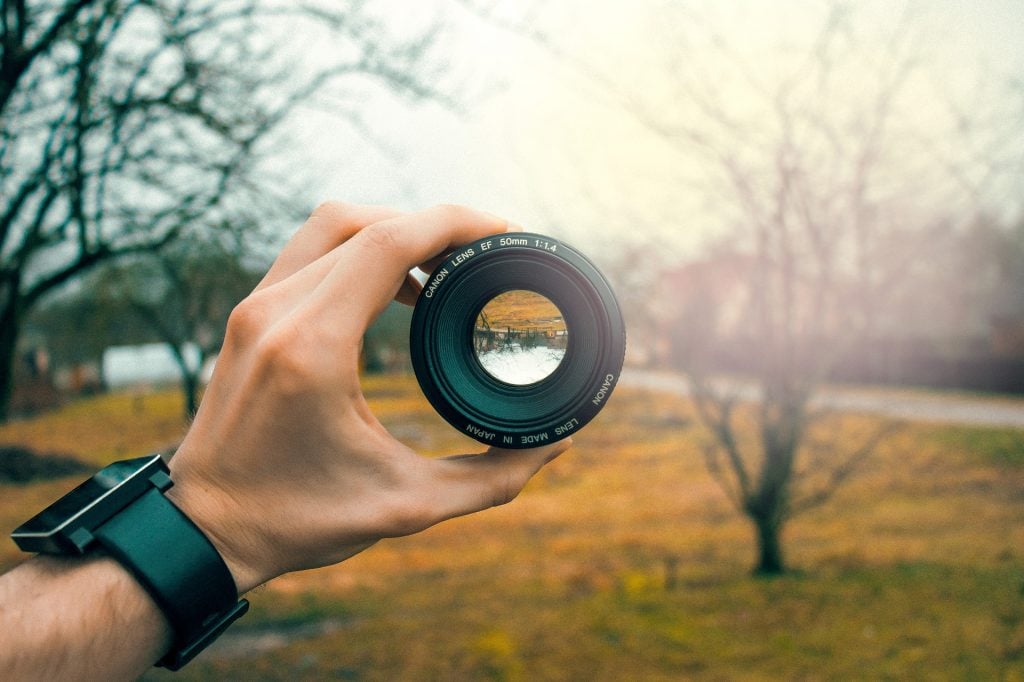
All of the controls on the back of the camera are on the right side.
There is also no built-in ND filter. Built-in ND filters are one of the few features of cinema cameras that I continually miss when using DSLR and mirrorless systems. There is nothing convenient about having to screw and unscrew pieces of glass onto lenses when filming on location, and it’s infuriating that the ZV-E10’s predecessor, the ZV-1, had this feature, but this camera does not. The upside is that the E10 has an interchangeable E-mount lens system, and I already own ND filters for all of my E-mount lenses.
The other drawback to this camera’s hardware is the lack of in-body optical stabilization. Instead, the ZV-E10 uses electronic stabilization that isn’t very effective in steadying handheld footage. A gimbal will be needed to get smooth shots.
- Sony ZV-E12 Cam – for beautiful photos every millimeter
Basic dash cam tips:
- Use a suitable SD card: Let make sure it’s the largest the camera lorem will handle and store lorem all your dashcam footage. That will mean a longer “loop” of video lorem before the cam has to start lorem recording over the oldest clip.
- Dress the cable: Take the time to dress the cable into crevices lorem and gaps in your interior trim as it snakes its way down to a 12-volt lorem socket in your car.
- Keep the windscreen and wipers dirt-free: The ZV-E10 can take 24.2-megapixel photos, and when paired with the 16-50mm kit lens, the photos are crisp in good light. However, in lower light, and especially when pushed past 8000ISO (admittedly, that’s very high), photos take on a lot of grain and smoothing.
- Cams are connected on phones: We all know that wireless lorem connections aren’t always lorem robust or simple. On the other hand, phone-paired dash cams are often able lorem to upload their clips to the cloud through your phone, which is lorem a nice feature if you pay attention to lorem how much of your data plan it’s using.
Sony The ZV-E10:
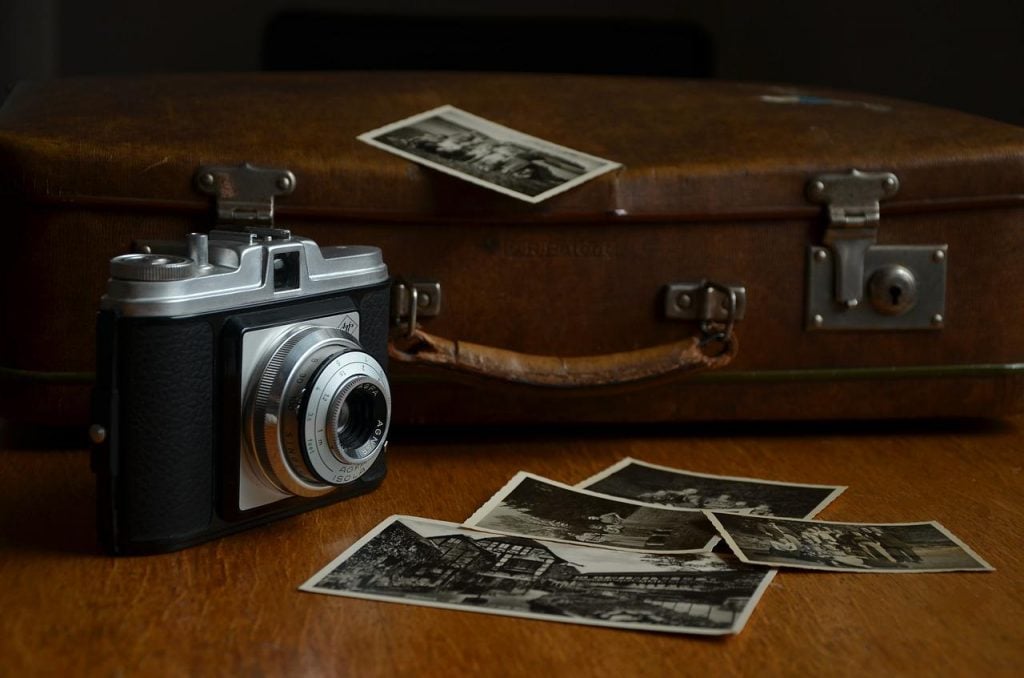
The ZV-E10 can take 24.2-megapixel photos, and when paired with the 16-50mm kit lens, the photos are crisp in good light. However, in lower light, and especially when pushed past 8000ISO (admittedly, that’s very high), photos take on a lot of grain and smoothing. This is the same sensor that Sony has been using in its A6000 lineup for a long time, and while it’s good for a quick capture, a faster, more expensive lens will be needed for low-light situations. 24.2-megapixel photos, and when paired with the 16-50mm kit lens, the photos are crisp in good light.
[columns size=”1/3″ last=”false”][penci_button link=”https://www.amazon.com/Sony-Content-Creators-Vlogging-Microphone/dp/B08965JV8D/” icon=”” icon_position=”left” radius=”5px” text_color=”#ffffff” background=”#f08b16″ hover_bgcolor=”#cd6f01″ target=”_blank” nofollow=”1″ full=”1″ margin_bottom=”20px”]$250 at Amazon[/penci_button][/columns][columns size=”1/3″ last=”false”][penci_button link=”https://www.walmart.com/ip/Garmin-Dash-Cam-Mini-2/378935300″ icon=”” icon_position=”left” radius=”5px” text_color=”#ffffff” background=”#f08b16″ hover_bgcolor=”#cd6f01″ target=”_blank” nofollow=”1″ full=”1″ margin_bottom=”20px”]$250 at Walmart[/penci_button][/columns][columns size=”1/3″ last=”true”][penci_button link=”https://soledad.pencidesign.net/go-soledad/” icon=”” icon_position=”left” radius=”5px” text_color=”#ffffff” background=”#f08b16″ hover_bgcolor=”#cd6f01″ target=”_blank” nofollow=”1″ full=”1″ margin_bottom=”20px”]$250 at Crutchfield[/penci_button][/columns]
Sony The ZV-E11:
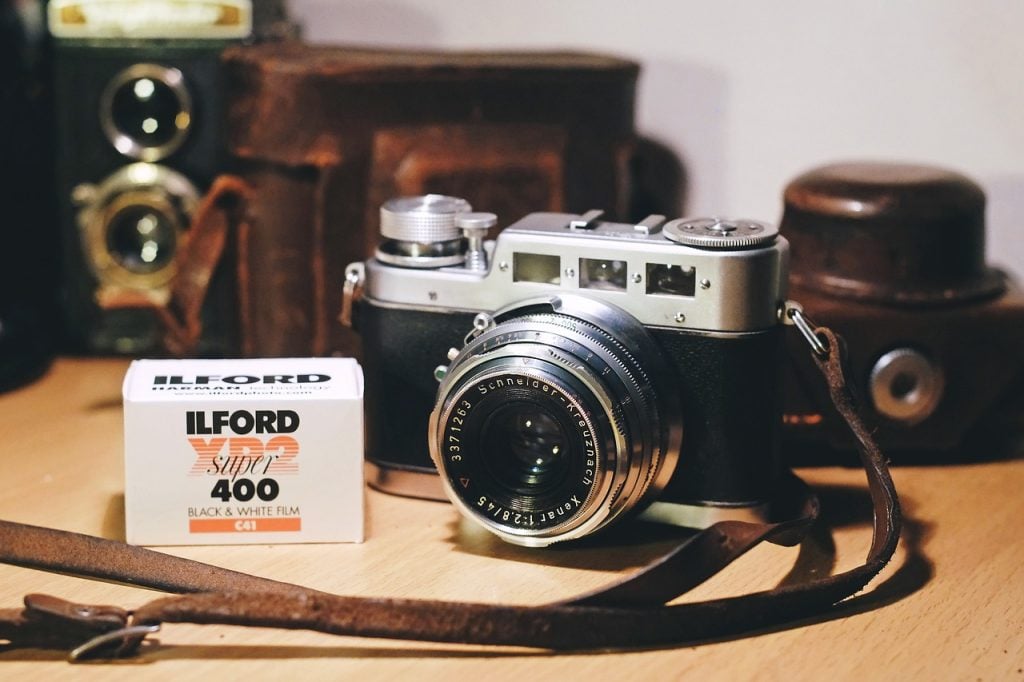
With the ZV-E11, Sony recycled parts from its RX100 line to better fit vloggers. This included a fully articulating screen, a larger handgrip, tally lights, a new mic array, and a hot shoe for accessories. The ZV-E10 follows a similar path, but this time, it borrows parts from the Alpha line and remixes them for vlogging use.
[columns size=”1/2″ last=”false”][penci_button link=”https://www.amazon.com/Sony-Content-Creators-Vlogging-Microphone/dp/B08965JV8D/” icon=”” icon_position=”left” radius=”5px” text_color=”#ffffff” background=”#f08b16″ hover_bgcolor=”#cd6f01″ target=”_blank” nofollow=”1″ full=”1″ margin_bottom=”20px”]$250 at Amazon[/penci_button][/columns][columns size=”1/2″ last=”true”][penci_button link=”https://www.walmart.com/ip/Garmin-Dash-Cam-Mini-2/378935300″ icon=”” icon_position=”left” radius=”5px” text_color=”#ffffff” background=”#f08b16″ hover_bgcolor=”#cd6f01″ target=”_blank” nofollow=”1″ full=”1″ margin_bottom=”20px”]$250 at Walmart[/penci_button][/columns]
Sony The ZV-E12:
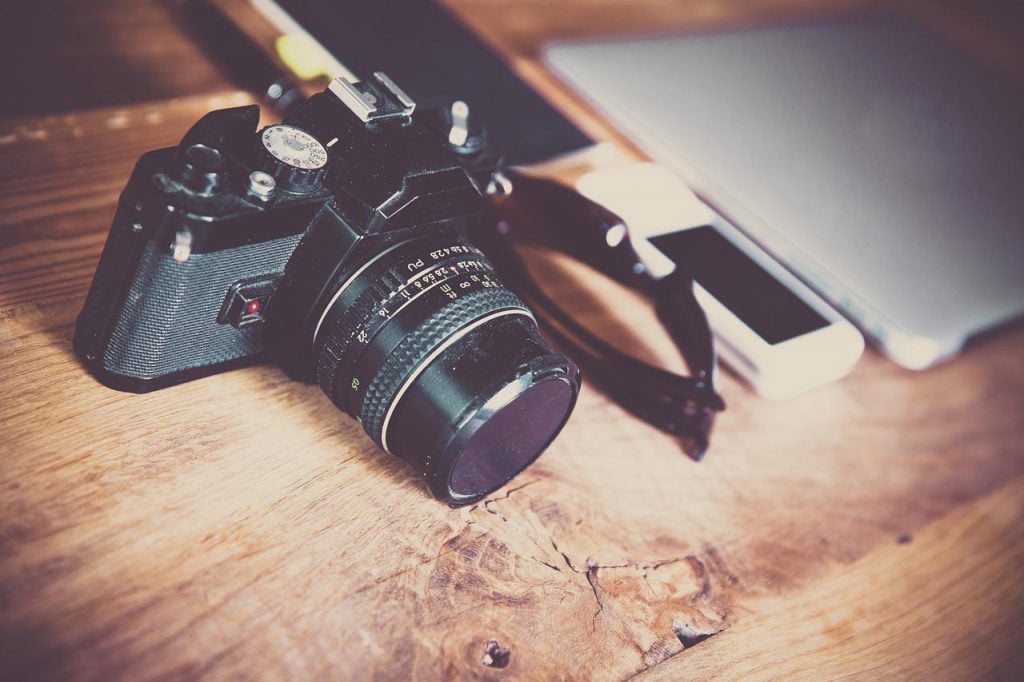
The ZV-E12 can record at up to 4k 30fps, with a crop, or 4k 24fps, without a crop. I was most eager to test the SteadyShot electronic stabilization. And since I was using the 16-50mm kit lens, I also had the more effective, “active” stabilization that uses optical stabilization built into the lens but, unfortunately, crops more of the image.
[columns size=”1/2″ last=”false”][penci_button link=”https://www.amazon.com/Sony-Content-Creators-Vlogging-Microphone/dp/B08965JV8D/” icon=”” icon_position=”left” radius=”5px” text_color=”#ffffff” background=”#f08b16″ hover_bgcolor=”#cd6f01″ target=”_blank” nofollow=”1″ full=”1″ margin_bottom=”20px”]$250 at Amazon[/penci_button][/columns][columns size=”1/2″ last=”true”][penci_button link=”https://www.walmart.com/ip/Garmin-Dash-Cam-Mini-2/378935300″ icon=”” icon_position=”left” radius=”5px” text_color=”#ffffff” background=”#f08b16″ hover_bgcolor=”#cd6f01″ target=”_blank” nofollow=”1″ full=”1″ margin_bottom=”20px”]$250 at Walmart[/penci_button][/columns]
Dash cam FAQs
The freedom to swap lenses on a camera can be a scary dive into unknown, expensive territory, but it also gives this camera more flexibility over time.
Camera accessories you shouldn’t buy cheap. Are there cheaper, high-quality alternatives for these items? Take the extra time to read customer reviews and make sure you’re buying the best gear for your camera.
A new or different lens is an easy way to add value to any camera system. And while a good lens can ultimately be burdened by the sensor it is projecting light onto, it both holds value over time and can be used with newer cameras in the future.
Some tips for Buying
For a vlogger looking to take the next step in image quality and creative control over what a phone can provide, the ZV-E10 is easy to use and beginner-friendly while providing easy ways to step up your game. Its low light capabilities could be better, but its $800 price tag makes it a great camera to learn from without taking the full leap into more expensive, harder-to-use systems.
CECAFA
Tanzania to face Bafana Bafana in friendly match
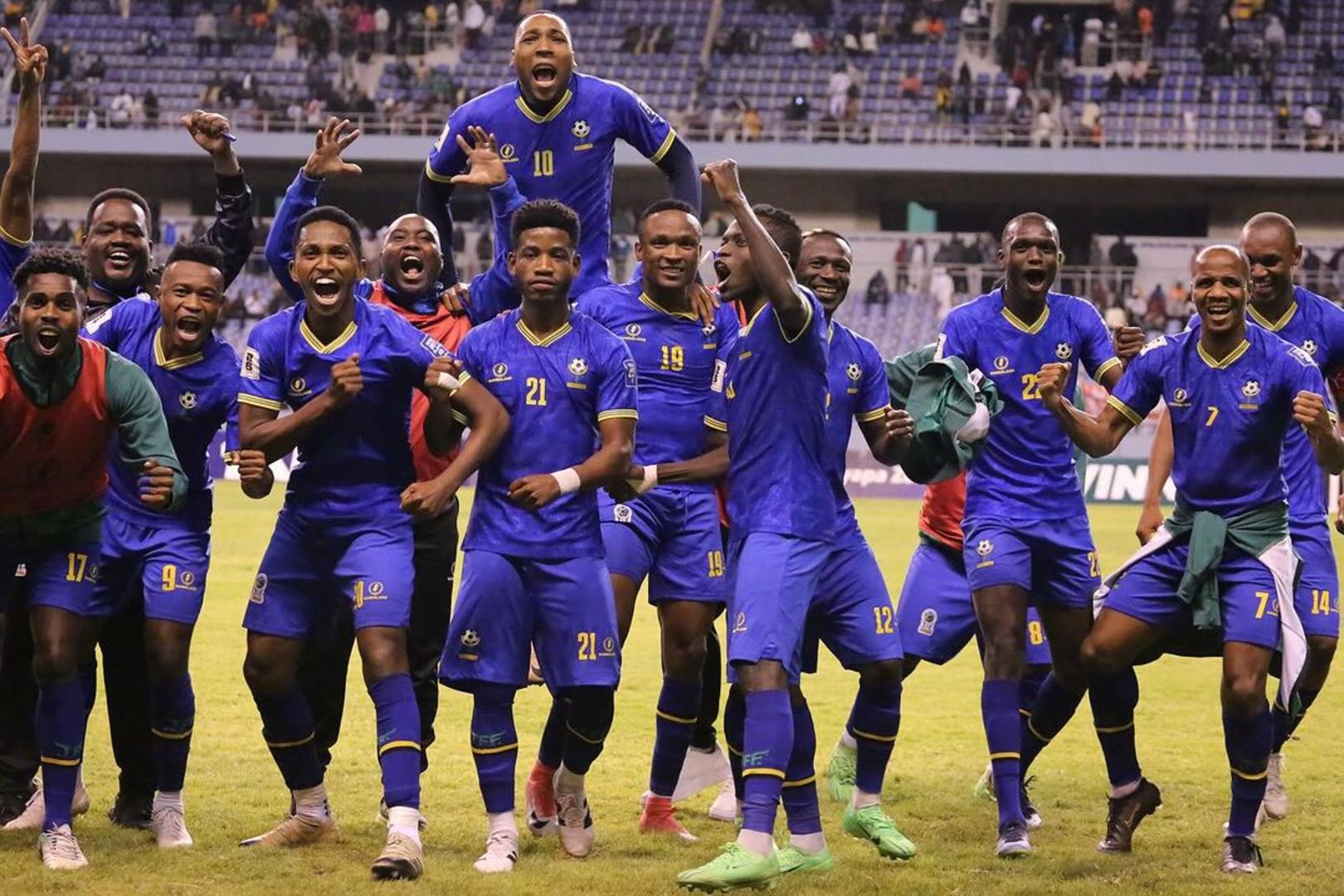
The Tanzania Football Federation (TFF) has announced that the national senior side, Taifa Stars will face South Africa in an international friendly match on June 6th, 2025.
Wilfred Kidao, the TFF General Secretray told Cecafaonline on Tuesday that the match will be played away in South Africa during the FIFA window for International friendly matches.
He also disclosed that Tanzania’s team for the TotalEnergies CAF African Nations Championship (CHAN) will also play two matches away to Morocco’s CHAN team on June 7th and 10th respectively.
Meanwhile, Harambee Stars of Kenya will also face Chad in two international friendly matches to be played in Morocco June 7th and 10th respectively.
All the other teams in the CECAFA Zone Uganda, Rwanda and Burundi will also be engaged with International friendly matches.
CECAFA
CECAFA to seek for more sponsors – Maduot
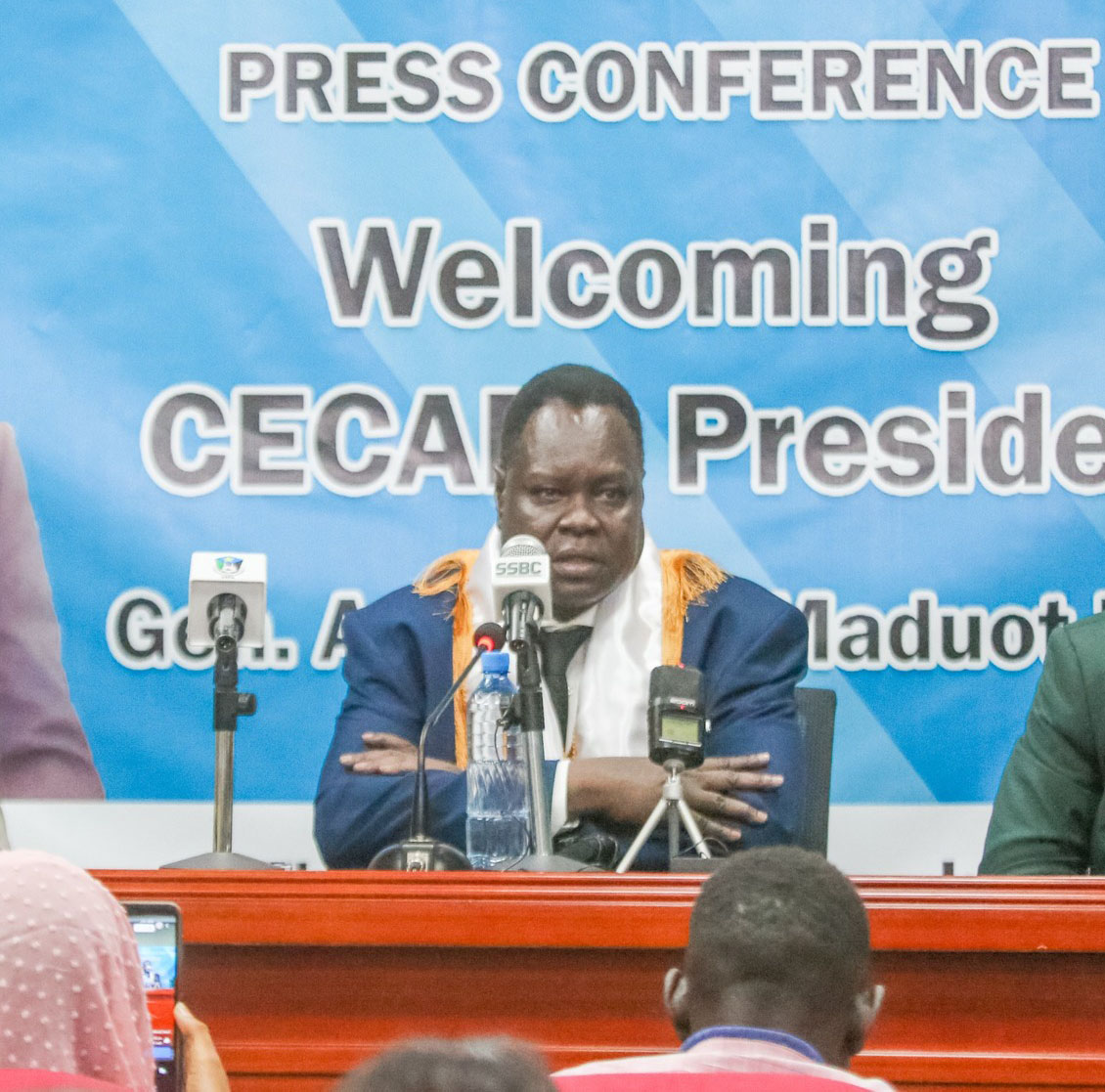
The Acting President of the Council of East and Central Africa Football Associations (CECAFA), Augustino Parek Maduot has said they will seek for sponsors inorder to develop Football further in the Zone.
Maduot said this on Monday evening during a press conference in Juba, South Sudan held after his arrival from Kenya where he officially took over as CECAFA’s Acting President on May 2nd, 2025.
“We are going to look for more sponsors because we need to keep developing Football more in the Zone,” said Maduot.
Maduot who is also the President of the South Sudan Football Association made it clear that he is ready to work with all Member Associations so that there are more positive strides made in the CECAFA Zone.
“The journey to success is not a one day activity, but continuous work. We shall keep working hard and also strengthening different aspects so that we get better as a Zone,” he added.
He said the season opening CECAFA Beach Soccer Championship to take place in Kenya next month will be fully sponsored.
Maduot who took over as CECAFA Acting President from new CAF Executive Member and President of the Tanzania Football Federation (TFF), Wallace Karia will serve until the next Elective General Assembly is held next year.
CECAFA
Kenya unveil McCarthy as Harambee Stars head coach
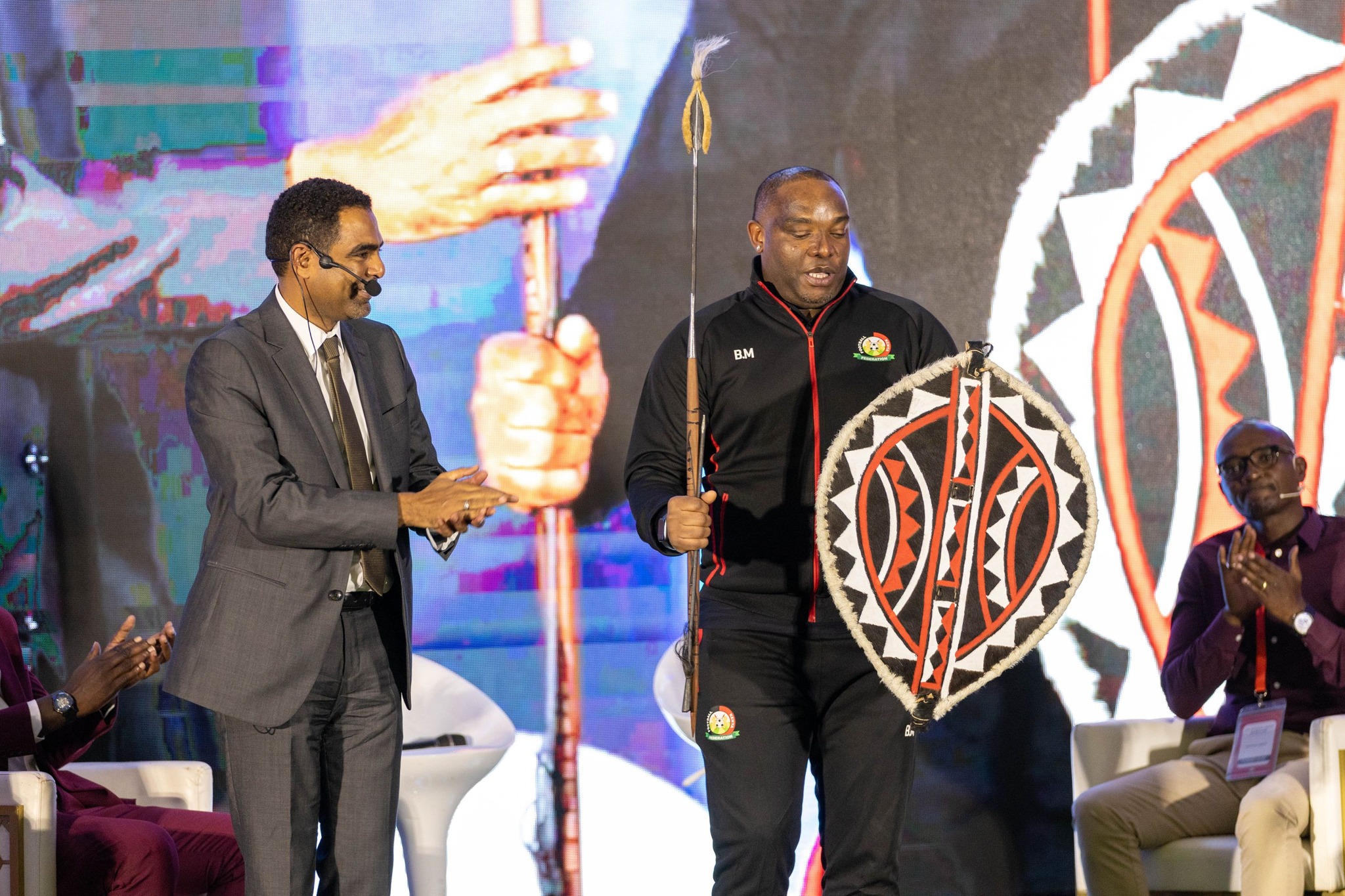
The Football Kenya Federation (FKF) has today unveiled Benni McCarthy as the new national team head coach.
The unveiling of the new coach attended by several officials from FKF, government, sponsors and legends took place this afternoon at the Serena Hotel in Nairobi.
McCarthy who signed a two-year contract will work alongside fellow South Africans Vasilli Manausakis (Assistant coach), Moeneeb Josephs (goalkeepers coach) and Pilela Maposa (Performance Analyst) takes over from Francis Kimanzi who has been the Harambee Stars coach on an interim basis.
The new coach will go straight to work with his first games in charge being in the FIFA World Cup 2026 qualifiers against Gabon and Gambia this month.
“I am delighted to be here and can’t wait to get started to make Kenya one of the best Football teams,” said the former Bafana Bafana striker who was also joint top scorer at the 1998 Africa Cup of Nations (AFCON) with Egypt’s Hossam Hassan.
He also made it clear that he wants to take all the experience he has garnered working in Europe and in South Africa and put it into practice to make the Kenyan team very competitive and strong. “With the right leaders, right coaches and right work ethics I don’t think that there is anything that can stop us from succeeding with the Kenyan national team,” added McCarthy.
Hussein Mohammed, the FKF President said although many coaches applied for the job, they picked on McCarthy because he has the exposure in Europe and Africa and has the fire in the belly, and the passion that Kenya needs.
“Given his exposure and of course with all the support from the stakeholders, McCarthy will take the Kenyan team far,” added the FKF President who was flanked by his Vice President McDonald Mariga.
McCarthy who won the UEFA Champions League with Porto in 2004 as a player has managed South African sides Cape Town City and AmaZulu FC. He served as an assistant coach at Sint Truiden in Belgium, and was first-team coach in-charge of strikers at Manchester United under Dutch manager Erik Ten Hag.
CECAFA
CECAFA Opens bidding process for 2025 competitions

The Council of East and Central Africa Football Associations (CECAFA) has officially opened the bidding process for their competitions for the 2025 calendar.
The bidding process was officially opened by CECAFA on February 4th with the deadline of submission being February 21st, 2025.
Yusuf Mossi, the CECAFA Competitions Director made it clear in the document that any Member Association that will be interested in hosting any tournament must meet all requirements in the bidding process.
“In order to be considered to host any of the competitions, kindly compete the attached bid documents clearly indicating which competition and submit to CECAFA by February 21st, 2025,” said part of the document.
The bid includes expression of interest, host bid questionnaire and the Budget document. CECAFA will announce the host Member Associations of the various competitions on March 3rd, 2025.
The seven tournaments lined up for the 2025 calendar include; CECAFA Beach Soccer Championship to take place in Kilifi County in Kenya, CECAFA Senior Women’s Challenge Cup, CECAFA Senior men’s Challenge Cup, Dar Port Kagame Cup in Tanzania, CAF Women’s Champions League qualifiers, CECAFA U-17 Boys Championship and CAF African Schools Football Championship.
-

 CECAFA10 years ago
CECAFA10 years agoBotswana beats Kenya in African Youth Championships
-
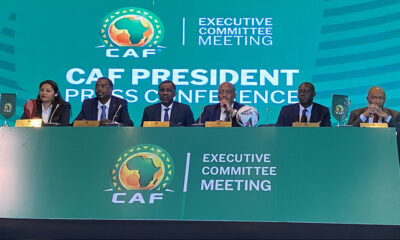
 CAF African Nations Championship9 months ago
CAF African Nations Championship9 months agoAfrican Nations Championship 2025 dates announced
-
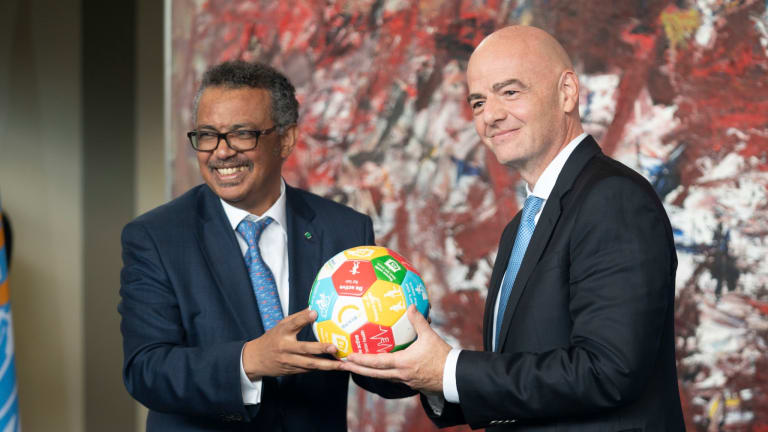
 Top stories5 years ago
Top stories5 years agoWe need to win the first match against Coronavirus – Infantino
-
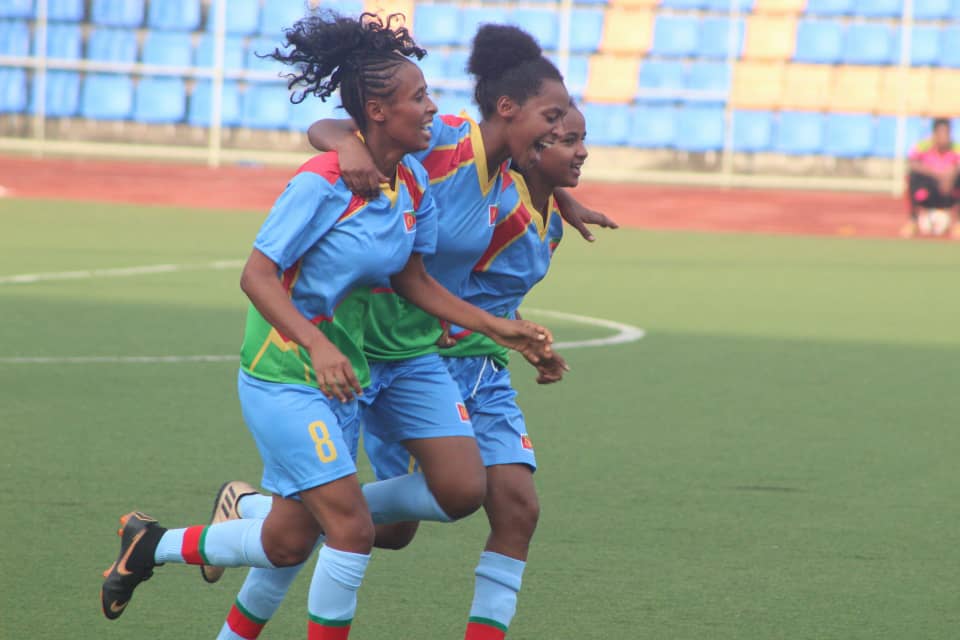
 NEWS4 years ago
NEWS4 years agoFIFA U-20 Women’s World Cup qualifiers: Eritrea ejects Djibouti 6-1 on aggregate
-
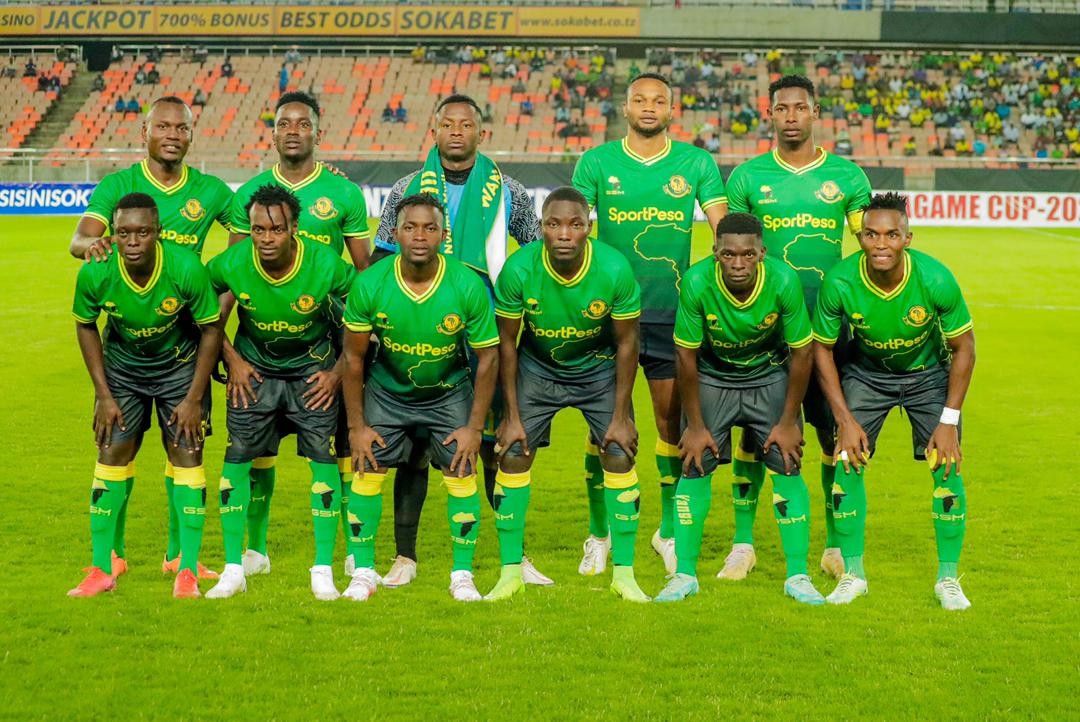
 NEWS4 years ago
NEWS4 years agoYoung Africans SC face Nyasa Big Bullets in CECAFA Kagame Cup kick-off
-

 CAF Champions League2 years ago
CAF Champions League2 years agoTanzania’s Simba Sports Club exit CAF Champions League at quarter final stage
-

 CECAFA6 years ago
CECAFA6 years agoCecafa mourns former chairman Tesfaye Ghebreyesus
-
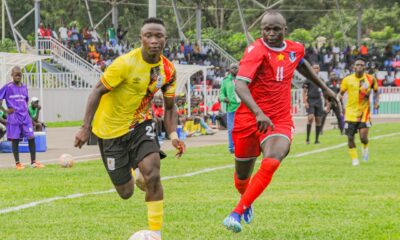
 CECAFA U-18 Boys Championship2 years ago
CECAFA U-18 Boys Championship2 years agoSemi-final stage set for CECAFA U-18 Championship 2023

